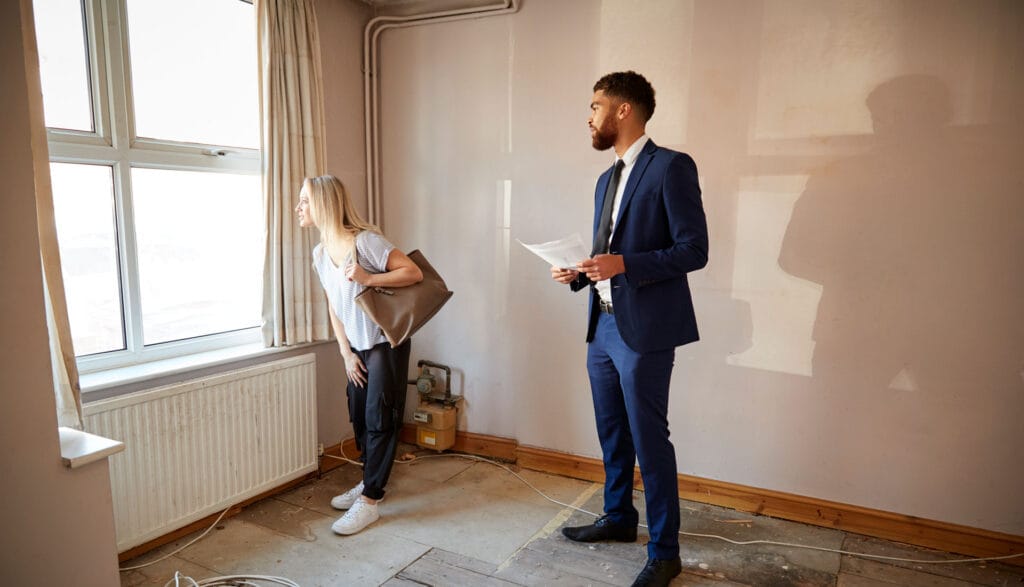The Importance of Proper Ventilation in Preventing Damp and Mould
Here in the UK, we know all about dampness and mould, as the wet climate causes property owners to be concerned about the damage that dampness and moisture can cause. Aside from making sure there are no leaks; it is important to have adequate ventilation in order to prevent moisture in the air, which we outline in this short blog.
Moisture in the air
Every home is unique regarding the level of humidity in the air, an interior with dry air is much less likely to be affected by damp and mould; the majority of UK homes are between dry and moist, yet those with high moisture content are more likely to have a damp and/or mould problem. Sometimes, natural ventilation isn’t enough to remove the moisture and this can lead to the growth of mould and rising damp. Once you have removed any mould or mildew, you should try to remove moisture from the air and establish ventilation.
Natural Vs mechanical ventilation
Natural ventilation means opening certain windows to create an airflow throughout the building, while mechanical ventilation can be achieved using a dehumidifier or extractor fans. Either way, it is important to have a level of ventilation; at London Damp Specialists, we offer ventilation flow tests to give you an accurate reading on this.
Mould & mildew growth
Mould and mildew need the right environment in which to thrive and if the air is moist, fungi can develop in super quick time. Wet rooms such as the bathroom and kitchen are likely places for mould and condensation and you can install an extractor fan in both rooms to remove the moisture in the air.
Buying property
Damp and mould can be found in old and new properties and if you are planning to buy a property in the London area, we recommend that you order our homebuyer damp survey, which is designed to identify moisture in building materials.
There are 3 levels of a homebuyer damp survey, which are as follows:
- Level 1 – This incorporates a thorough inspection of exterior and interior walls and floors, looking for signs of damp, mildew and timber decay.
- Level 2 – This includes the services in level 1, plus a close inspection of all timber structures and joists in the loft, looking for signs of rot and woodworm.
- Level 3 – All the services in level 1 and 2, plus thermal imaging, borescope cameras, drone imagery and a ventilation flow test, as mentioned previously.
There is an additional service that involves testing plaster samples from various locations to discover the moisture content within the material.
Call London Damp Specialists on 020 8528 3864 or fill in the online form to arrange a homebuyer survey, or if you have lived in the property for a few years and would like to test for damp and mould, we offer an independent damp survey, which has 3 levels similar to the homebuyer damp survey, plus you can have plaster samples tested at an extra cost.
You will receive a detailed report within 24 hours of the survey completion, plus we can quote for recommended services.

